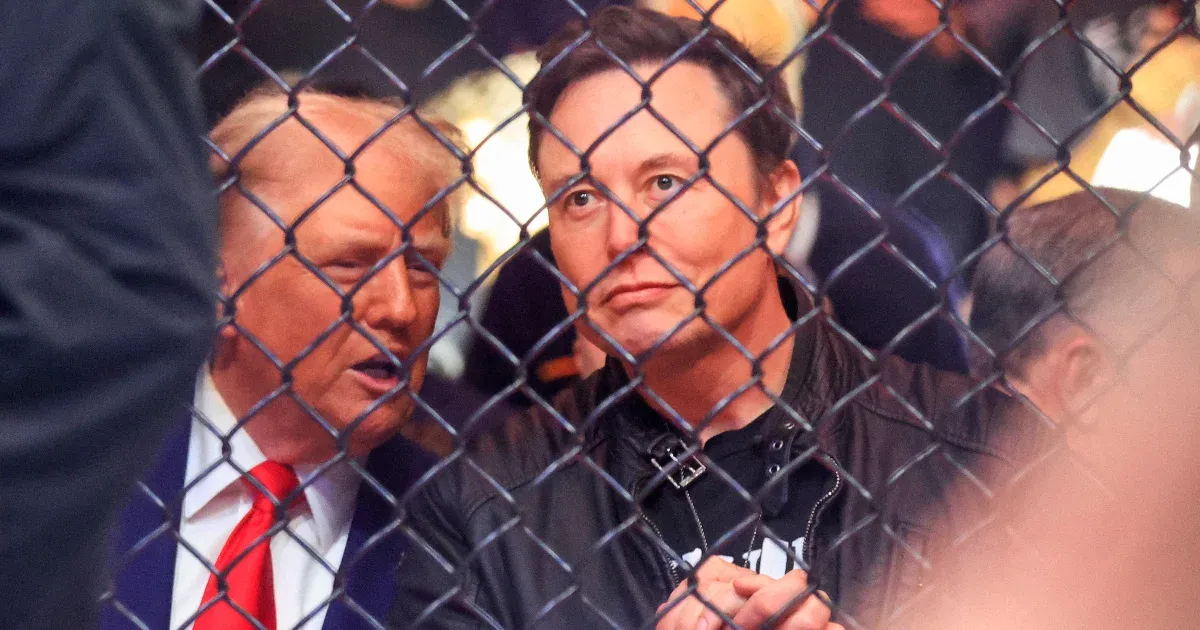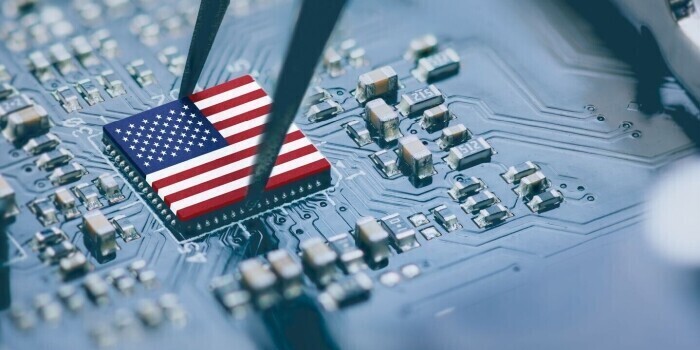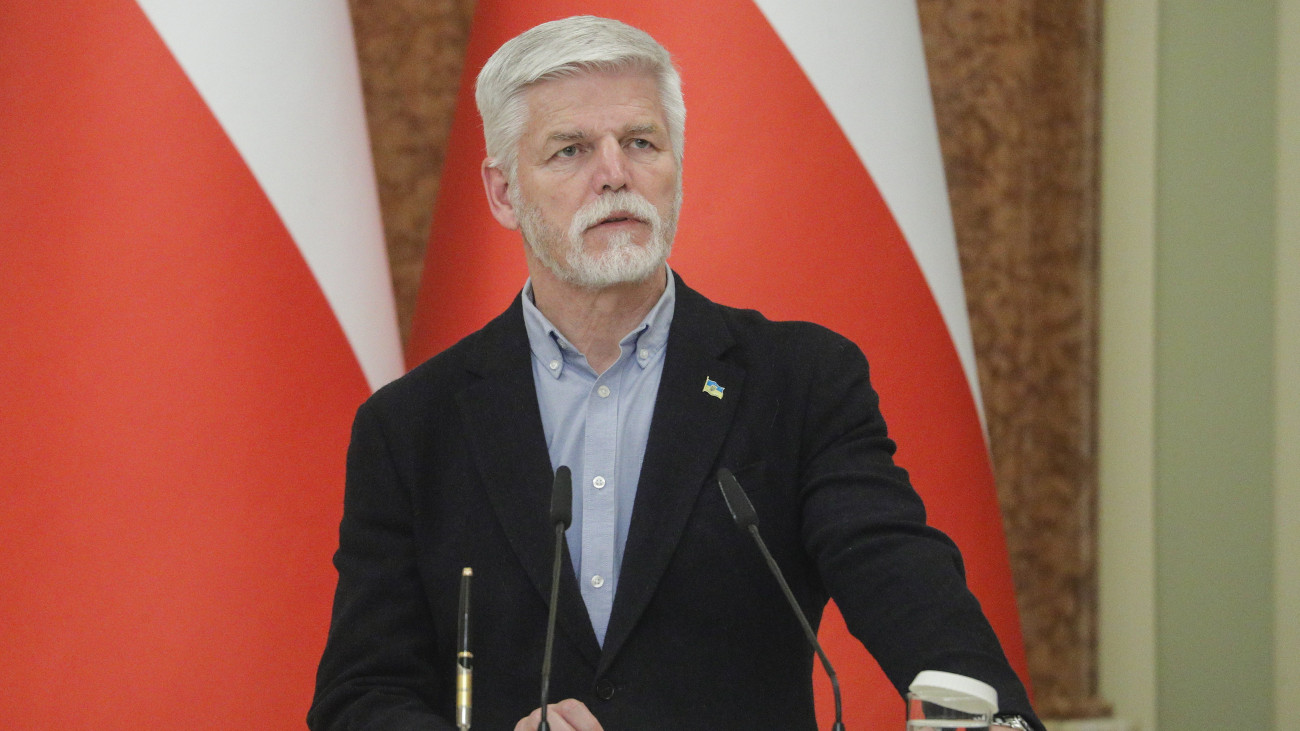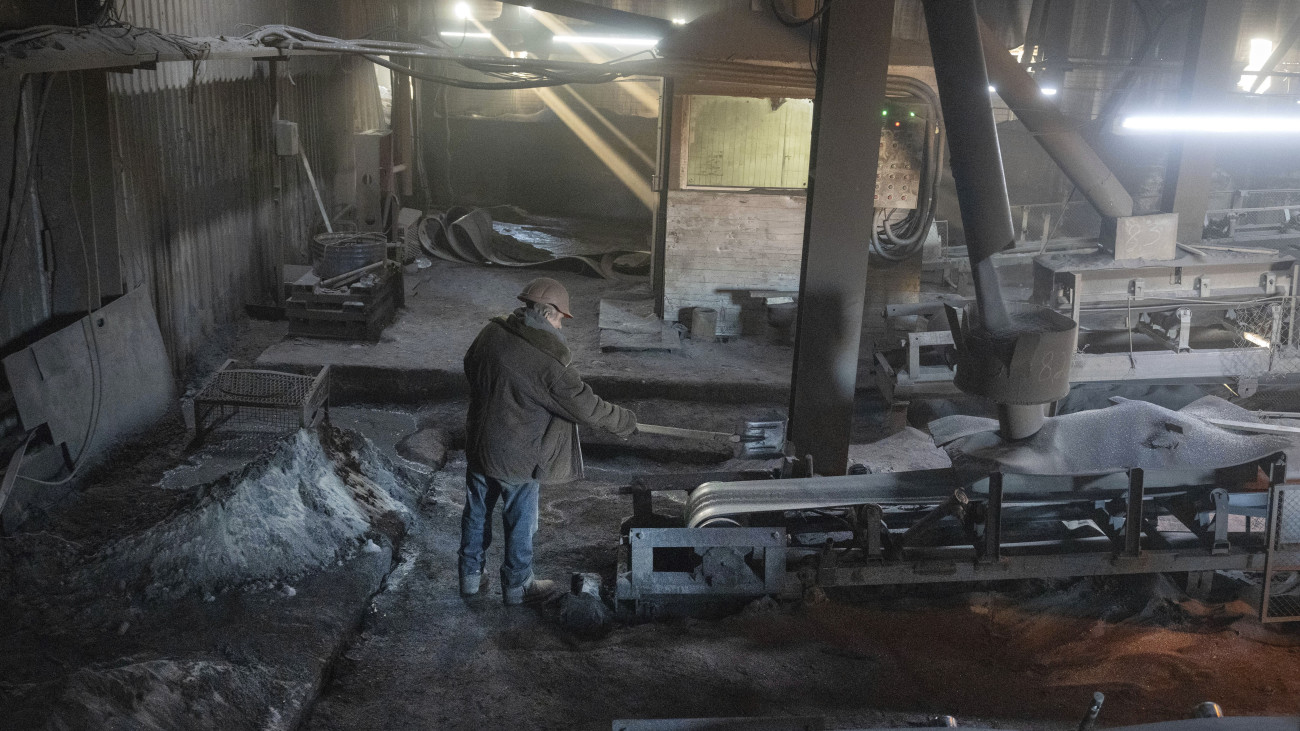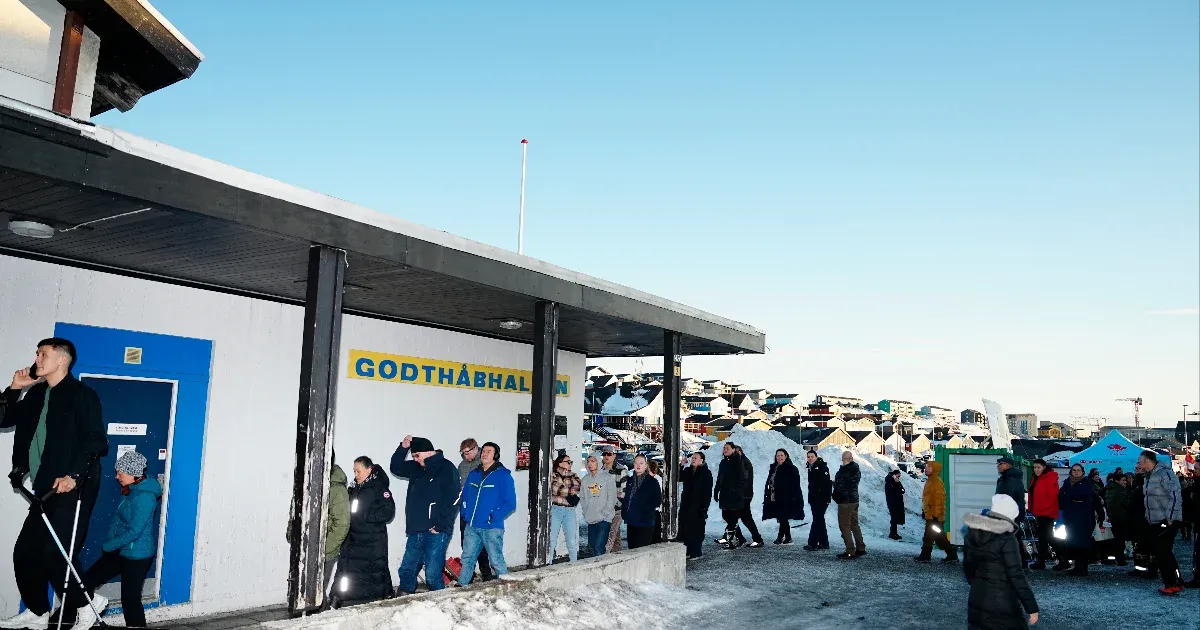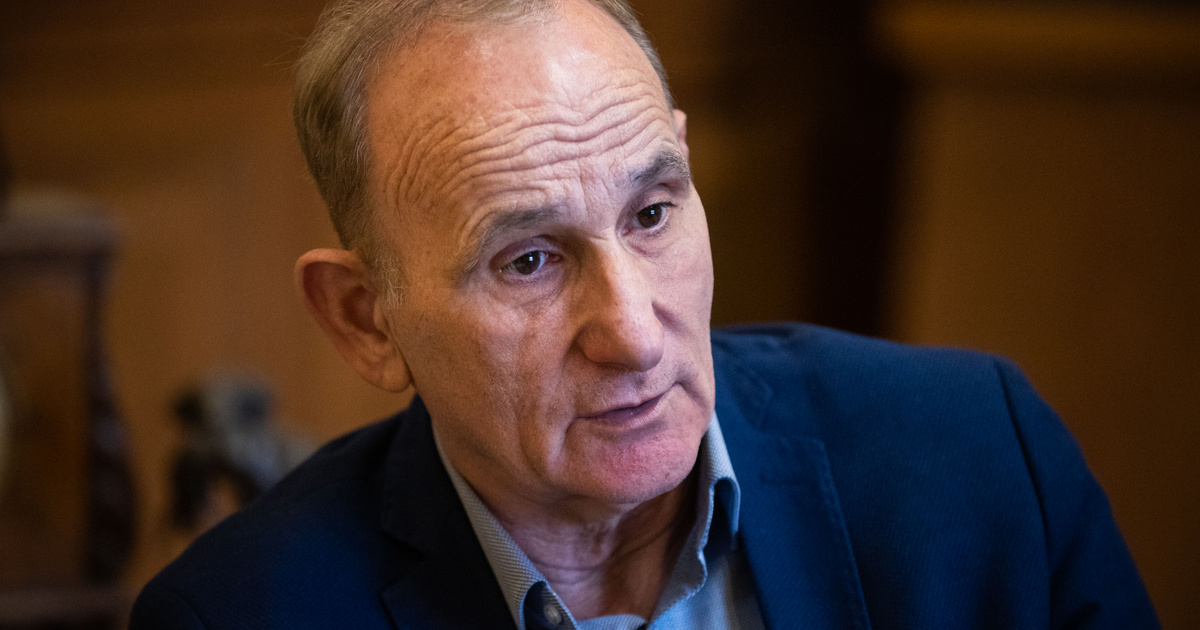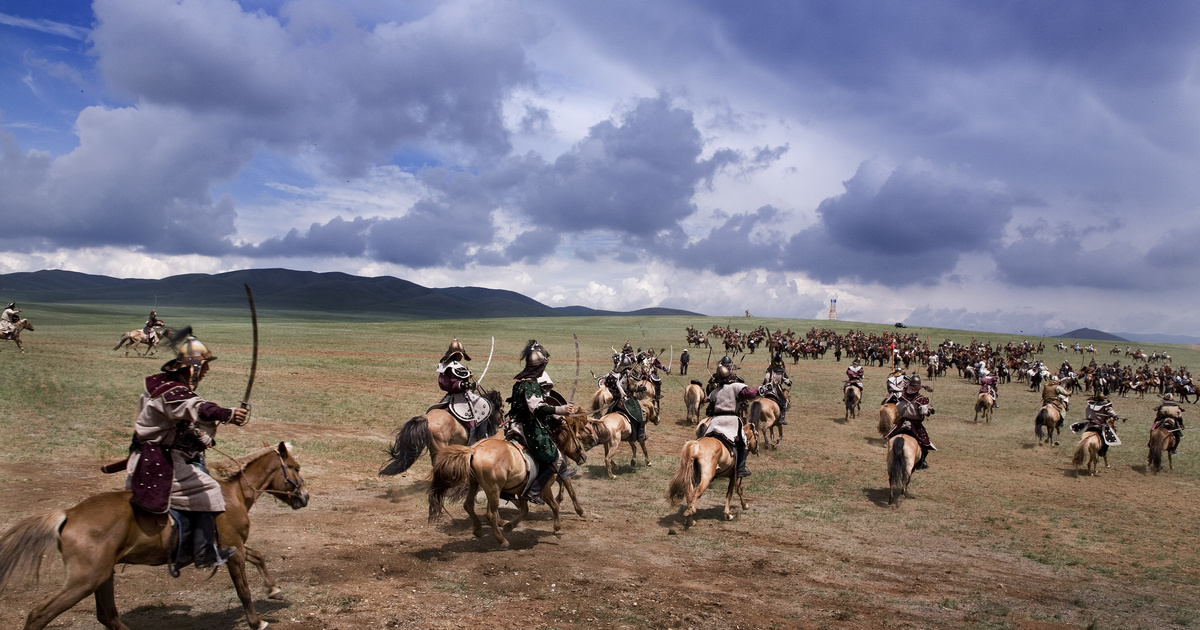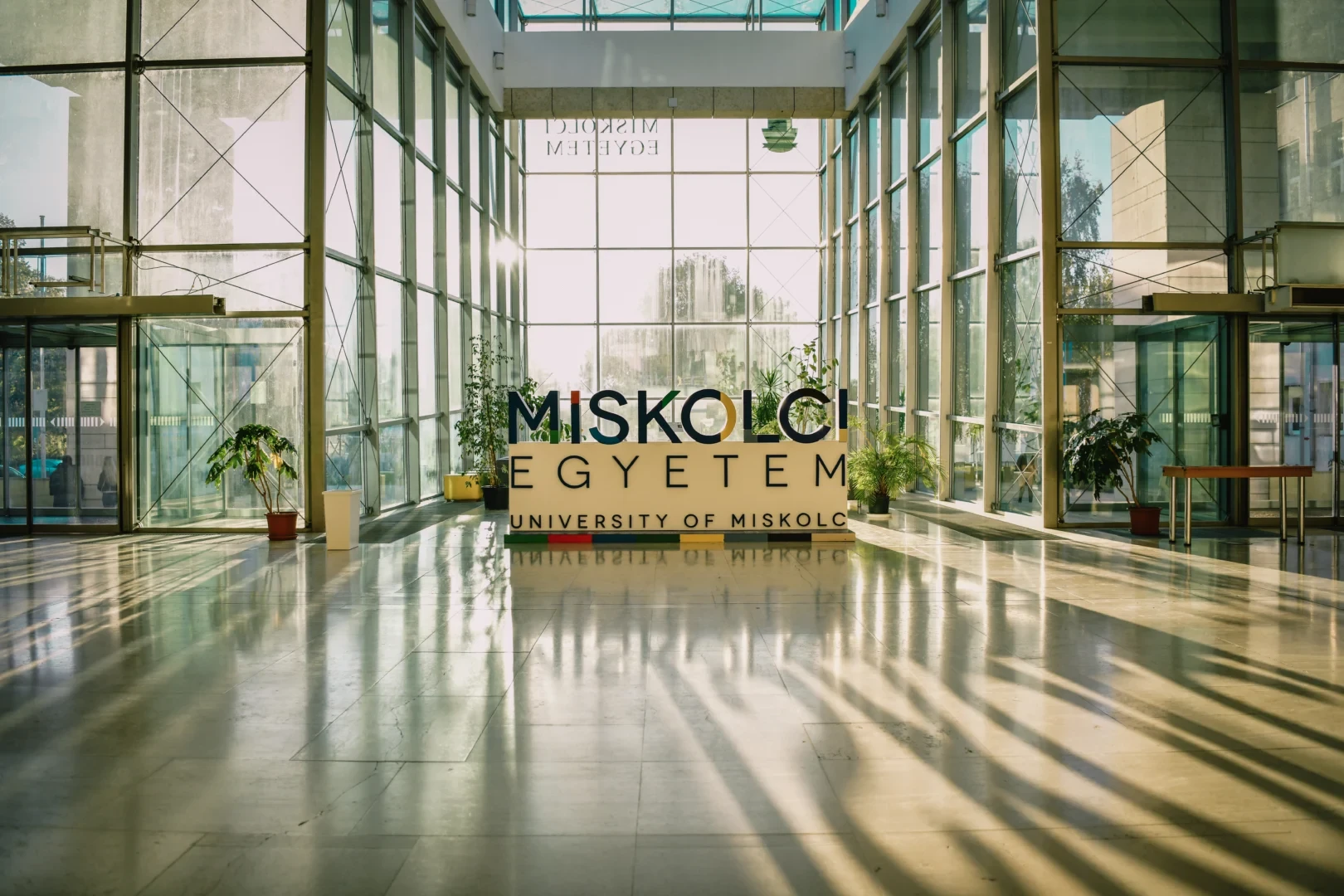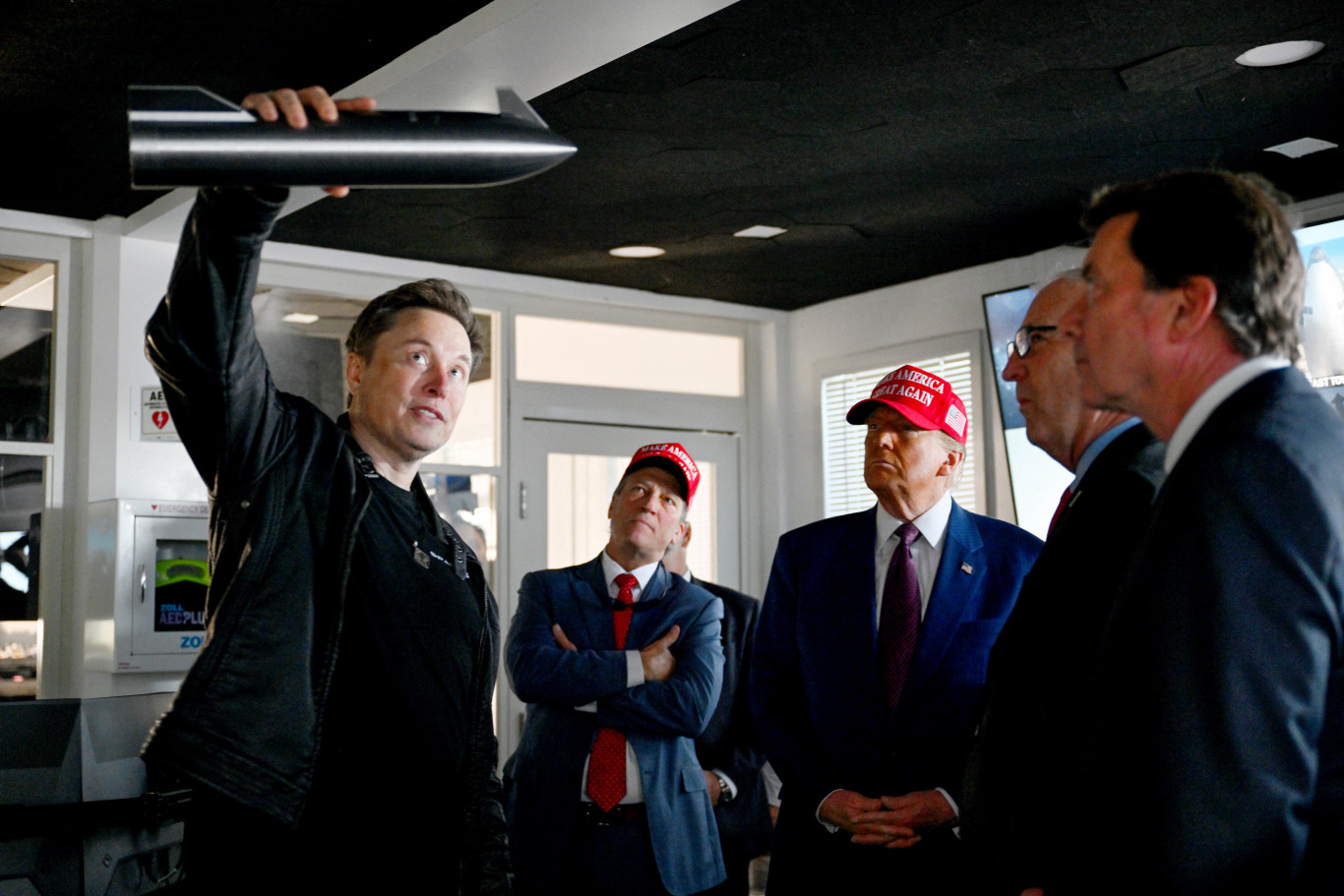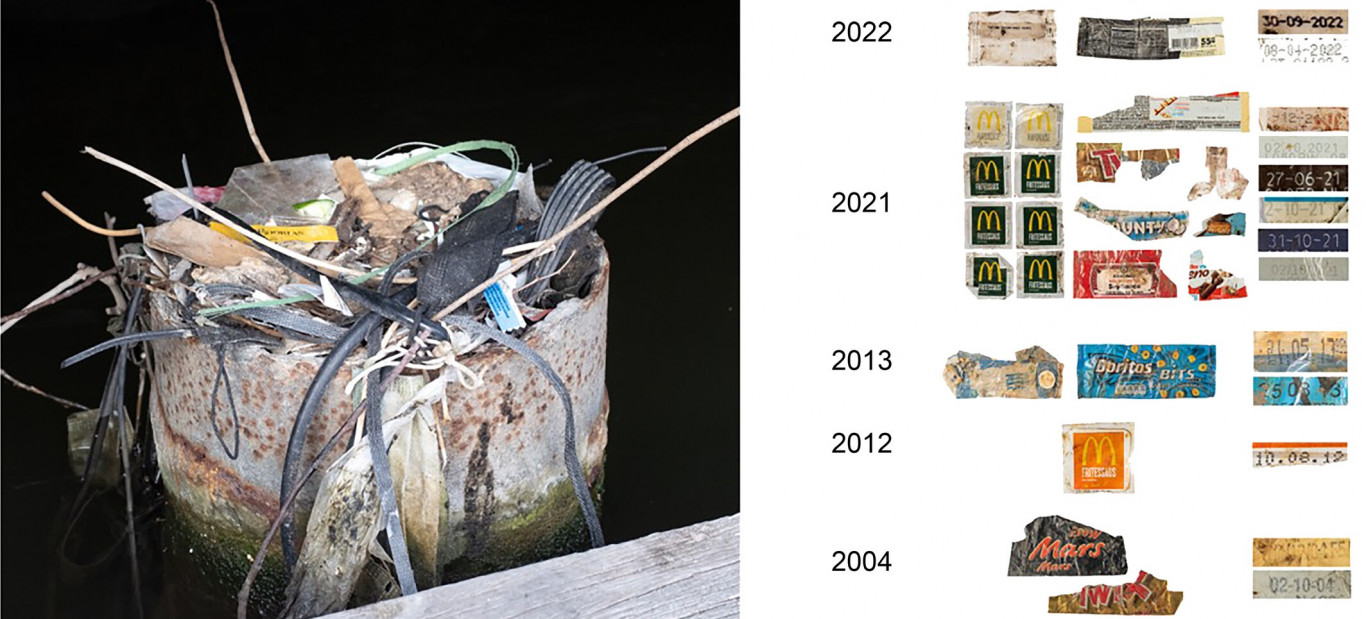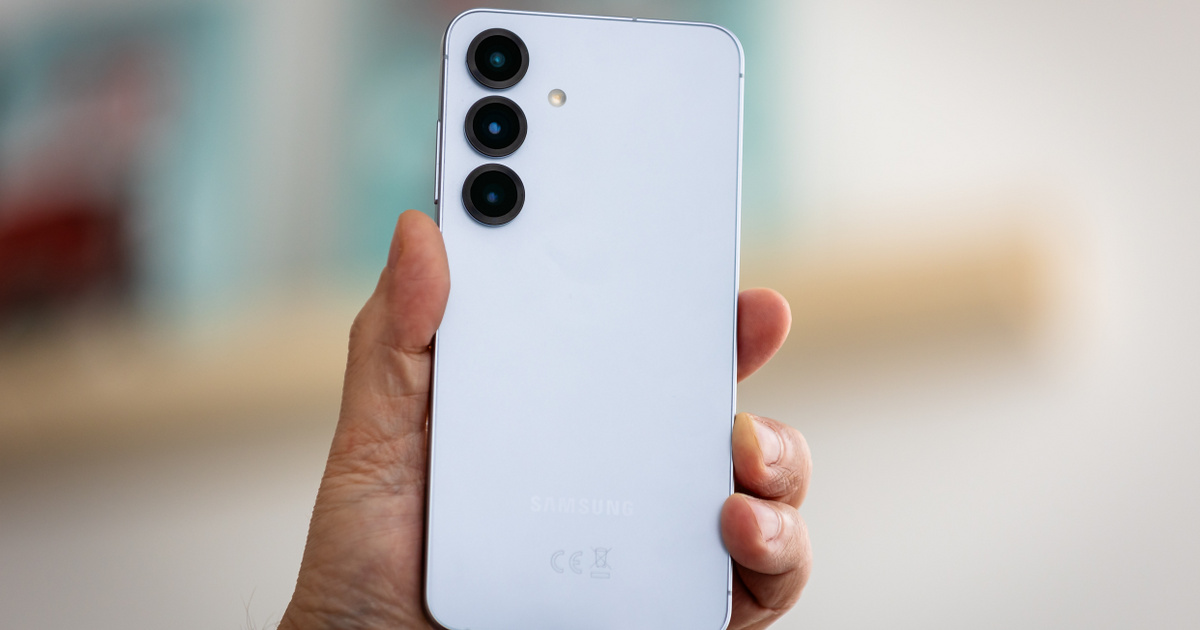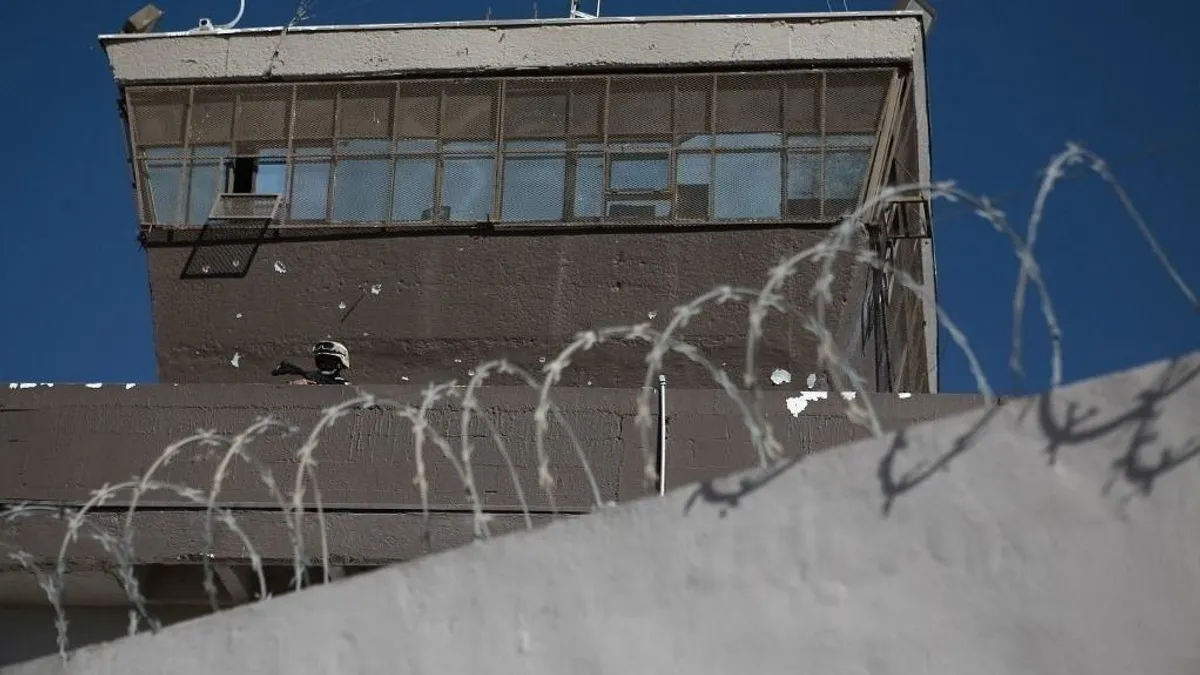The agreement, which significantly expands defense and security cooperation and is the most comprehensive agreement between the two countries in more than a hundred years, was signed by the two heads of government at London’s world-famous old castle, the Tower. On the banks of the River Thames. The location is symbolic: in the tower is kept the decorative shield donated by Hidetada, the second shogun of the Tokugawa dynasty, to King James I of England in 1613. In previous centuries, the shogun was the supreme military commander, formally appointed by the Japanese emperor at the time To lead the country and give effective executive power. The gift was sent by the Japanese court at that time to the English monarch on the occasion of the signing of the first trade agreement between England and Japan.
A central element of the bilateral defense and security agreement signed by the British and Japanese prime ministers on Wednesday is that it will be possible for the two countries to station armed forces in each other’s territory, and this will allow for the joint planning and implementation of larger and more complex military exercises than before. Great Britain is the first European country with which Japan concluded a defense cooperation agreement of this kind, which also provides for mutual access to each other’s territory. Preparations for the agreement began last May, under British Prime Minister Boris Johnson, two years ago.
A few weeks before the conclusion of the Anglo-Japanese defense treaty, Great Britain, Japan and Italy agreed on an initiative called the Global Air Combat Program, which aimed to jointly develop a new generation of combat aircraft.
According to the Prime Minister’s Office in London, Britain’s accession to the upcoming Comprehensive Pacific Partnership (CPTPP) was discussed during the bilateral meeting between Rishi Sunak and Keseda Fumio. London formally submitted its application to join the CPTPP on February 1, 2021, one year after the termination of British membership in the European Union (Brexit).
Representatives of 11 countries initialed the Pacific Free Trade Agreement on March 8, 2018. The United States was originally supposed to be a member of the agreement, but in January 2017, on the first day of his first week in office, former US President Donald Trump signed The decree on the basis of which Washington withdrew from the organization. Australia, Brunei, Canada, Chile, Japan, Malaysia, Mexico, New Zealand, Peru, Singapore and Vietnam are members of the later redrafted agreement. The annual GDP of the CPTPP group with a population of 500 million is about $13,500 billion; This is about 13.4 percent of the value of global GDP.

